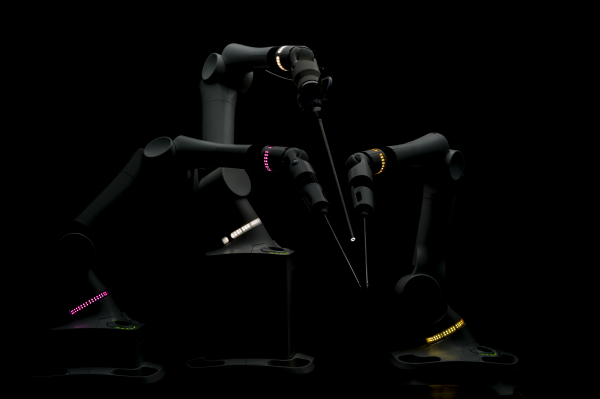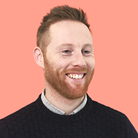Clinical innovation must be grounded in user needs
3 minute read
As a design agency who consider healthcare and life sciences as a key area of work, it’s great to have the opportunity to meet and hear from clinicians and entrepreneurs, and learn more about their work.
On June 22, I attended a half-day conference on “Healthcare Innovation – Tomorrow’s World”, part of EAHSN* & HEE**'s Clinical Entrepreneur Forum, in Cambridge. Introducing the event, Karen Livingstone (Director of Partnerships & Industry EAHSN) explained that for clinical innovations to be funded and have impact, their concepts must be shown to work in a real clinical pathway. Those innovations must also address a robust analysis of the needs.
Looking at this from a UX design perspective, I couldn’t agree more – usually, that would be the battle-cry of us UXers! Our projects typically find us working with the client to understand what the problem is, for whom, and towards what end – the why, who, how, and what of our work.
We’ve brought the same mindset to the Biodata Hackathon (Wellcome Genome Campus, July 2/3, 2018), where we’ve worked closely with the challenge partners, to help provide this context to the participants – the would-be innovators.
Speakers showed examples of successful clinical innovation
At the Healthcare Innovation event, there were a series of talks from speakers who are responsible for clinical innovations. Mark Slack, from Cambridge Medical Robotics, wowed us all with the story of the development of their surgical robot, Versius (pictured below). I particularly appreciated how its merits and performance were compared with the alternatives (other robots, manual keyhole surgery, or the more, let’s say “traditional” open surgery), all supported with data

Versius robot with 3 arms.
Dr. Alistair Connell, Medical Registrar at UCL & Clinical Advisor to DeepMind, described some of the work that Deepmind are doing, in terms of applying artificial intelligence to clinical settings. He made no claims that AI will solve all problems, but explained how it can be used to enable and augment the work of clinicians. He talked us through the context-of-use of an app called Streams, used by clinicians to receive updates and alerts about their patients.
Dr. Bhavagaya Bakshi and Dr. Miles Payling described how they developed the idea of C the Signs – a tool for fighting cancer with early diagnosis – from its inception, while they each studied Medicine, through to winning awards and funding, and realising the concept. C the Signs is now being used actively by GPs in seven Clinical Commissioning Groups in England.
Dr. Waheed Arian, trauma medicine specialist (and clearly a practised and eloquent speaker!) told us about TeleArian, a service that allows medics in conflict zones and low resource settings to seek guidance and advice from other medics around the world. All of this, made possible by decent smartphones with internet connections and good cameras. Oh, and Waheed himself came from war-torn 1980s Afghanistan, so he knows what he is talking about – the BBC described him as “the refugee who treats Afghans via Skype”.
Good design thrives on constraints
Previously, my teammate Elizabeth and I have participated in a hack day, also organised by EAHSN and HEE. Teams were invited to work together on novel ideas for improvements in clinical practice (especially surgery), and to apply the concept of frugal innovation to what we did.
It was especially appropriate, then, to hear from Prof. Jaideep Prabhu, who wrapped things up with a great talk on the topic of frugal innovation. He explained that, although his research into business and product innovation had started by looking at the Silicon Valley kinds of approach, his attention had turned to his native India (and then other countries, too).
Here, he and his colleagues found numerous brilliant examples of innovation, where people had creatively solved all sorts of problems (social, technical, medical, etc). Necessity is the mother of invention, and all that.
This concept of innovation is now being considered by people in the West, where constraints on resources and the marketplace mean that being frugal can make all the difference. Good design thrives on constraints, so I was fascinated to hear about this from Prof Prabhu’s experience and perspective.
Karen’s point from the introduction was echoed towards the end of the event, by Anne Blackwood (CEO of Health Enterprise East and Chair of The Medtech Accelerator and Medovate Ltd), who emphasised the need to focus innovation on addressing real, definable needs and problems.
I thoroughly enjoyed this event, both the talks and the conversations afterwards with people from across the NHS and local design and engineering companies. I’ll look forward to attending the next, hopefully with some of my teammates.
*Eastern Academic Health Science Network
** Health Enterprise East

